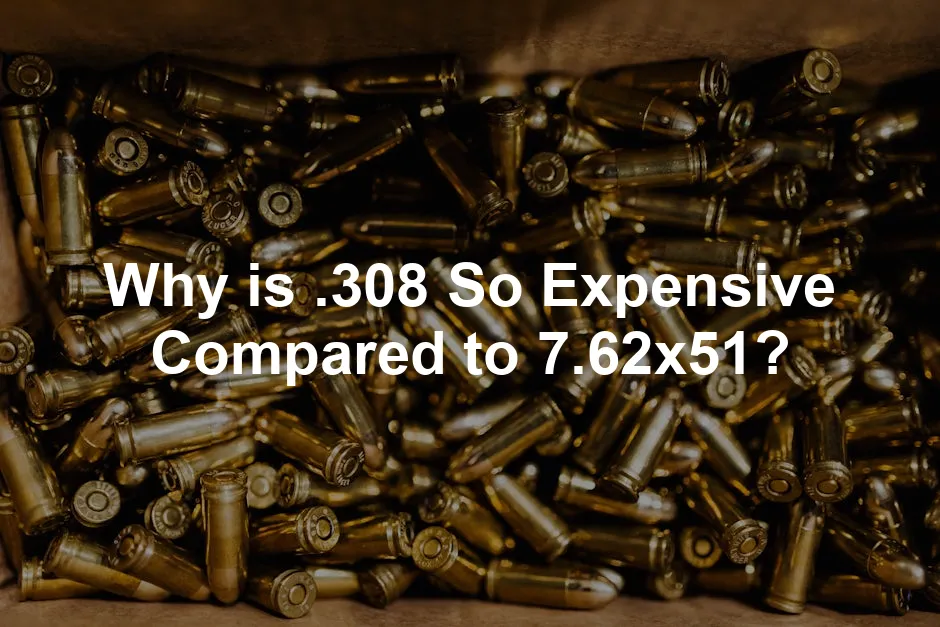
Why is .308 So Expensive Compared to 7.62×51?
Introduction
Ah, the eternal mystery of ammunition prices! It often feels like they’re determined by a secret society of ammo manufacturers, conspiring to keep us on our toes—wallets at the ready. Among the many perplexities in the shooting world, one question stands out: why is .308 generally more expensive than its NATO counterpart, the 7.62×51?
First, let’s tackle the confusion surrounding these two cartridges. Despite their physical similarities, they have distinct histories and functions. The .308 Winchester was introduced for civilian use in 1952, while 7.62×51 NATO followed shortly after, gaining military approval in 1957. Both have become immensely popular for military, hunting, and target shooting applications.
In today’s world, prices fluctuate wildly. With both cartridges in demand, many wonder why .308 ammunition often commands a higher price tag. Is it the quality? The materials? Or perhaps it’s a case of supply and demand? Throughout this article, we’ll sift through these questions, exploring the reasons behind the cost differences. Spoiler alert: It’s about more than just the bullets!
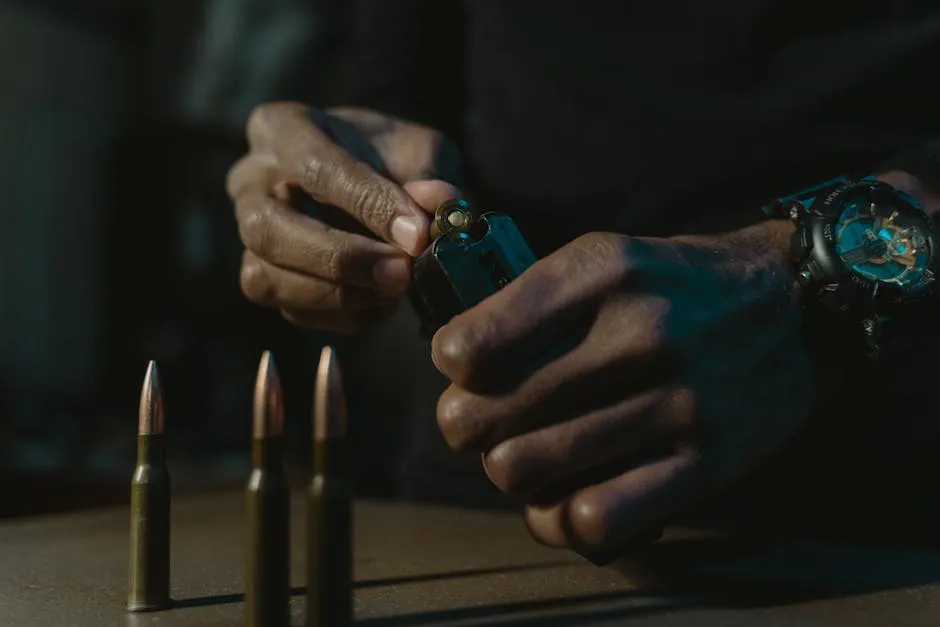
Understanding the Basics
Overview of .308 and 7.62×51
Let’s kick things off with a quick history lesson! The .308 Winchester came onto the scene in 1952, crafted for civilian shooters. It promised precision and performance that hunters and sport shooters found irresistible. Meanwhile, the 7.62×51 NATO joined the party a few years later, in 1957, as the military’s answer to standardizing rifle ammunition across NATO forces. Both cartridges have carved out their niches in the shooting community.
Physically, these two cartridges look almost identical. They share the same diameter and case length, which can confuse even the most seasoned shooters. However, their intended uses differ significantly. The .308 is tailored for sport and hunting, while the 7.62×51 NATO was designed for military applications.
This functional distinction influences everything from performance to pricing. The .308 tends to prioritize accuracy and consistency, making it a favorite for competitive shooting and hunting. On the other hand, the 7.62×51 is built for reliability under strenuous military conditions.
Now, if you’re serious about reloading, you’ll need the right tools. A great place to start is with the RCBS Rock Chucker Supreme Press. It’s known for its durability and precision, making it a must-have for any serious reloader. Why settle for less when you can have the best?

Key Specifications
Now, let’s get into the nitty-gritty! Although both cartridges appear similar, they have crucial differences in specifications.
First off, pressure limits matter! The .308 can handle higher pressures—up to approximately 62,000 PSI—while the 7.62 NATO is capped around 50,000 PSI. This difference impacts how each cartridge performs in the field.
Next, consider chamber dimensions. The 7.62 NATO has a slightly longer chamber to accommodate military variations in ammunition. This design helps ensure smooth feeding and ejection, especially during rapid-fire situations.
Moreover, case design plays a key role. The 7.62 NATO features thicker walls, enhancing durability under harsh conditions. However, this thickness reduces powder capacity, which can affect velocities and performance.
These specifications highlight how the .308 Winchester often prioritizes performance, while the 7.62 NATO emphasizes robustness and reliability. And if you want to dive deeper into the world of reloading, the Lyman Reloading Handbook is an excellent resource to guide you through the intricacies of reloading.
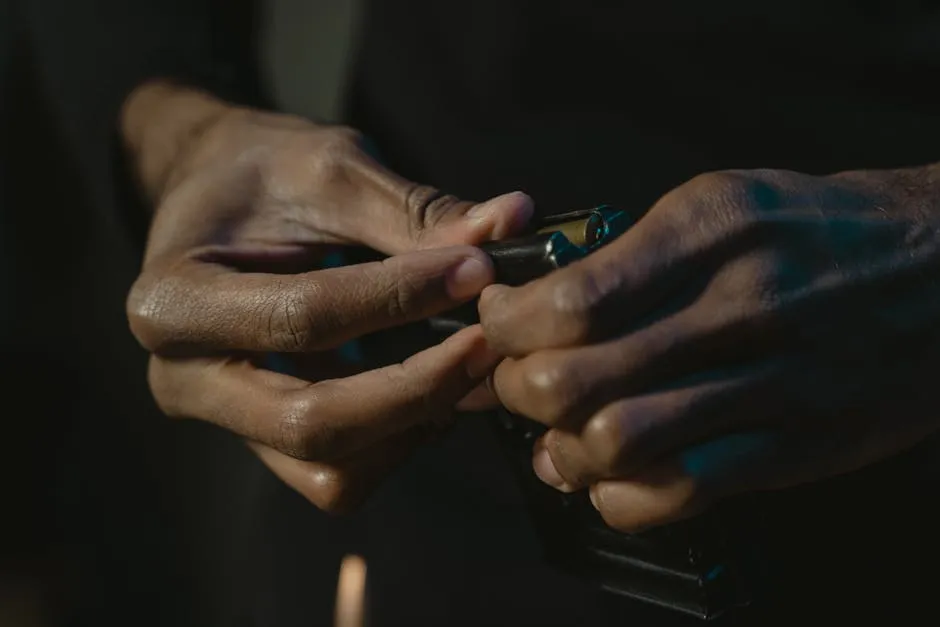
Factors Influencing Price
Production Costs
Materials and Manufacturing
When it comes to production costs, materials matter! The primary components of both cartridges include brass, lead, and powder, but they’re not created equal.
The brass used in .308 cartridges is often of higher quality, affecting the price. Thicker brass can withstand higher pressures, making it a preferred choice for competitive shooters. This quality, however, comes at a cost. If you’re looking for a reliable source of reloading components, check out MidwayUSA Reloading Components. They have everything you need to keep your reloading game strong!
Lead and powder also contribute to overall expenses. The .308 typically requires more powder per round compared to 7.62 NATO. This means that even before you consider the labor involved in manufacturing, the material costs already skew toward the higher end for .308.
Manufacturing complexities add another layer. The processes for producing military-grade 7.62 NATO are often more streamlined because of their standardization across military contracts. In contrast, .308 production may involve more meticulous attention to detail and quality control, which further inflates the price.
Considering all these factors, it’s easy to see why .308 ammunition can be pricier. The combination of superior materials, intricate manufacturing processes, and higher quality standards all contribute to the overall cost of .308 compared to the more utilitarian 7.62 NATO.
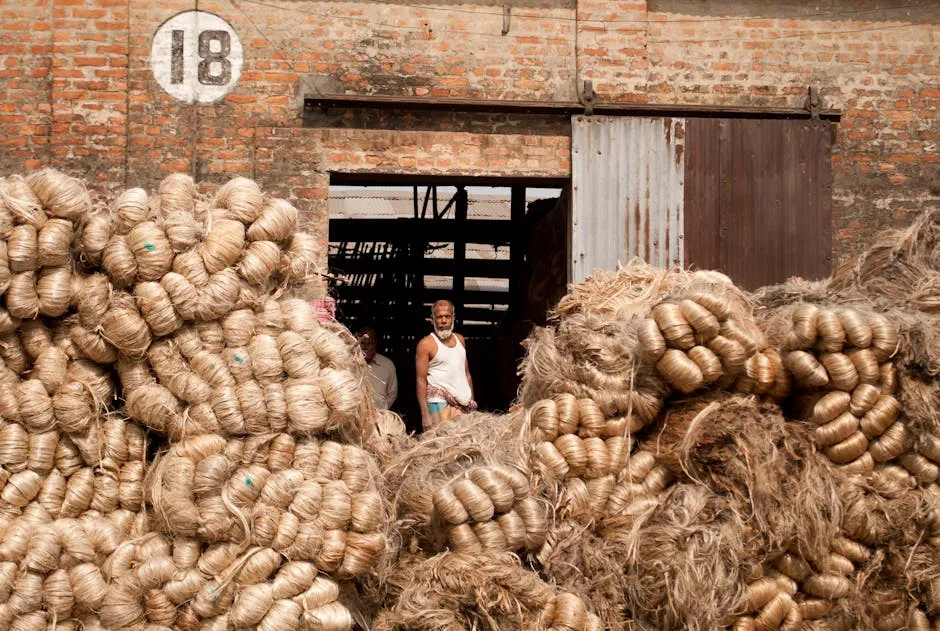
Supply Chain Dynamics
Market Demand
The demand for .308 and 7.62×51 cartridges varies widely. Military and law enforcement agencies often favor 7.62×51 due to its reliability in tactical situations. This demand keeps it readily available. Meanwhile, the civilian market leans toward .308 for hunting and sport shooting, creating an interesting tug-of-war in supply.
When military conflicts arise or geopolitical tensions escalate, demand spikes. This situation can lead to shortages for both cartridges. For instance, raw material shortages can affect production capabilities, causing prices to climb. Consequently, when demand outstrips supply, prices for .308 may surge even more than 7.62×51, adding to the mystery behind their price differences.
Surplus and Availability
Historically, 7.62×51 has enjoyed a substantial surplus. Military stockpiles, especially from NATO countries, often flood the market, lowering prices significantly. This surplus was bolstered during the Cold War, as countries stockpiled ammunition. However, as time passes, some of this surplus becomes unreliable due to age. This deteriorating stock can lead to concerns over its usability.
In contrast, the .308 market is more regulated and lacks significant surplus. This controlled environment means less availability and heightened prices. Simply put, when there’s little surplus, prices don’t drop much. So, while 7.62×51 can be found at reasonable rates due to its surplus, .308 remains an enigma—often more coveted and costly.

The Role of Reloading
Cost Analysis for Reloading
Reloading can be an excellent way to save money. However, the costs of reloading .308 and 7.62×51 differ significantly. For starters, .308 requires more materials. The components, including brass, powder, and projectiles, tend to be pricier. Reloaders often find themselves spending around 40 cents per round for .308, while 7.62×51 can be reloaded for about 30 cents.
The equipment for reloading adds another layer of expense. A quality reloading press, dies, and other necessary tools can run you a few hundred dollars. For the savvy reloader, though, this investment pays off over time. The ability to customize loads for specific purposes is a big perk. If you’re looking for a solid reloading kit, consider the Lee Precision Reloading Kit. It’s perfect for beginners and seasoned reloaders alike!
Customization allows shooters to fine-tune their rounds for accuracy or power. For instance, you might prefer a lighter bullet for target shooting or a heavier one for hunting. This flexibility makes reloading appealing, despite the initial costs.
In conclusion, while reloading .308 can be costlier upfront, the savings and personalization make it worthwhile for many. If you’re willing to invest time and effort, reloading can certainly help manage the expenses associated with both cartridges.

Popular Reloading Practices
Reloading has become a beloved pastime for many shooters. It’s like cooking, but with bullets! This practice allows enthusiasts to customize their ammunition, leading to enhanced performance and cost savings. But hold on—why does reloading .308 often hit harder in the wallet than 7.62×51?
Many reloaders swear by the process. They enjoy crafting rounds that cater to their specific needs. For instance, a hunter might prefer a heavier bullet for big game, while a target shooter seeks precision with lighter loads. However, the components for .308 are generally more expensive. High-quality brass, powder, and projectiles are essential for achieving the desired results. This can drive the cost of reloaded .308 to about 40 cents per round, while 7.62×51 can be reloaded for around 30 cents.
The reloading community is vibrant and supportive. Shooters share tips, tricks, and recipes for the perfect round. Online forums are filled with discussions about the best practices and components. This camaraderie fosters a sense of belonging among reloaders, making the hobby even more enjoyable.
However, the popularity of reloading also impacts ammunition availability. As more shooters turn to reloading, the demand for components rises. This can lead to shortages, which in turn affects prices. When supply dwindles, the cost of even the most basic materials can skyrocket, making that hobby more expensive than anticipated. For those looking to keep track of their shooting performance, the Mantis X10 Elite Shooting Performance System can help you analyze your shooting performance and improve your skills!
In conclusion, while reloading offers many benefits, the cost of components for .308 ammunition can significantly affect the price per round. Thus, before diving into the reloading world, it’s wise to consider the financial implications. After all, you don’t want your hobby to become a budget buster!
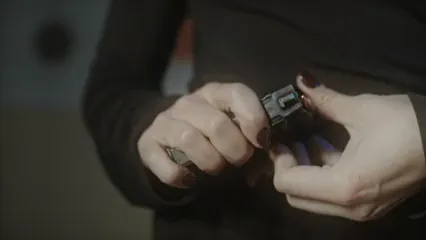
Conclusion
Understanding why .308 ammunition is more expensive than 7.62×51 is essential for any shooter. This article has revealed several key reasons behind the price disparity, focusing on technical, economic, and market factors.
First, let’s remember their origins. The .308 Winchester was developed for civilian use, emphasizing precision and performance. In contrast, the 7.62×51 NATO was designed for military applications, which often prioritize reliability over precision. This fundamental difference in purpose has long-lasting effects on production and pricing.
Next, we examined the technical specifications. The .308 cartridge typically handles higher pressures than its NATO counterpart. This means manufacturers must invest more in quality control and materials to ensure safety and performance. Thicker brass and tighter tolerances increase production costs, which are then passed on to consumers. If you’re looking to enhance your shooting experience, a good scope is essential. Consider the Vortex Optics Crossfire II Scope. It’ll give you the clarity and precision you need for those long-range shots!
Market dynamics play a crucial role too. The 7.62×51 has a surplus due to military stockpiles, which helps keep prices low. On the other hand, the .308 market is more regulated, with less available surplus. This creates a sense of scarcity around .308, leading to higher prices. When demand outstrips supply, prices soar, leaving shooters wondering why they’re paying so much.
Reloading practices further complicate the pricing landscape. While reloading can save money, the components for .308 are generally pricier than those for 7.62×51. This makes reloading .308 a costly venture, affecting the overall expense for shooters who choose this route. To make reloading easier, you might want to invest in a Hornady Lock-N-Load Die Set. It’s designed to make the reloading process smoother and more efficient!
Finally, it’s crucial to consider these factors when purchasing ammunition. By understanding the technical details, market dynamics, and reloading implications, you can make informed choices. Whether you prefer to buy factory-loaded rounds or venture into the world of reloading, knowledge is your best ally.
In the end, the price disparity between .308 and 7.62×51 is a complex interplay of history, technology, and market forces. By keeping these factors in mind, you can navigate the ammunition landscape more effectively, ensuring you get the most bang for your buck—without breaking the bank!
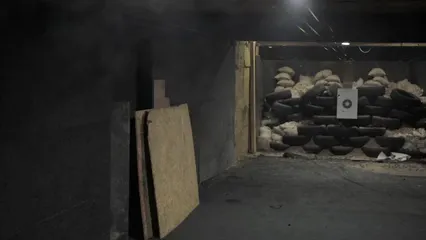
FAQs
Can I use .308 in a 7.62 NATO chamber?
Using .308 in a 7.62 NATO chamber is a bit like trying to fit a square peg in a round hole—mostly not recommended! While many rifles designed for .308 can safely fire 7.62 NATO rounds, the opposite is where things get tricky. The .308 can generate higher pressures, around 62,000 PSI, compared to the 7.62’s 50,000 PSI. This pressure difference can lead to dangerous outcomes, including potential damage to your firearm and personal injury. Experts generally advise sticking to the appropriate ammunition for your firearm’s chamber to ensure safety and performance. Always consult your rifle’s manufacturer guidelines to avoid any mishaps!
Why does .308 seem to fluctuate in price more than 7.62×51?
Price fluctuations are as common in the ammo world as bad puns at a dad convention. Several factors contribute to this volatility. First, the .308 is primarily a civilian market cartridge, which can lead to higher demand spikes during hunting seasons or political unrest. In contrast, the 7.62 NATO has a more stable military surplus supply, often keeping prices grounded. Production costs also play a role. Higher quality materials and manufacturing processes for .308 add to its price tag. Lastly, supply chain issues can create shortages. When there’s less ammo available, prices tend to climb, and that’s where the .308 can leap ahead of the pack!
What are the best practices for reloading .308?
Reloading can be a rewarding hobby, but it does require some finesse—like trying to juggle while riding a unicycle! For starters, always use high-quality brass to avoid case failures. Consider investing in a good reloading manual for guidance on powder types and weight. It’s crucial to carefully measure your powder; overloading can lead to dangerous pressures. Don’t forget to clean your cases thoroughly before reloading to ensure reliability. A solid reloading press and dies suited for .308 will make the process smoother. Lastly, join local reloading clubs or online forums for tips and support from fellow reloaders. They can help you navigate the ins and outs of the practice, making it more enjoyable and safe!
Please let us know what you think about our content by leaving a comment down below!
Thank you for reading till here 🙂
All images from Pexels




